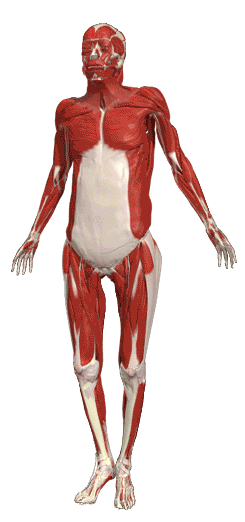Warning: preg_match_all(): Compilation failed: invalid range in character class at offset 119 in /home/u827986840/domains/realestatebaba.com/public_html/wp-content/plugins/membership/membershipincludes/classes/membershippublic.php on line 1101
We are providing ear, nose and throat surgery hospital in beatty, for any assistance or help contact us: +1-702-800-2870 or mail us: info@oveye.com
Ear Surgery:
Are you experiencing ear pain or hearing loss? If you have questions about what conditions might require the services of an ear surgeon, you’ve come to the right place.This site contains general articles that will keep you and your loved ones informed about a variety of medical issues concerning the ear and its auditory and vestibular systems. Start with the drop-down menu above or type a word in the search box. Ear surgery, also known as otoplasty, can improve the shape, position or proportion of the ear. Otoplasty can correct a defect in the ear structure that is present at birth that becomes apparent with development or it can treat misshapen ears caused by injury. Ear surgery creates a natural shape, while bringing balance and proportion to the ears and face. Correction of even minor deformities can have profound benefits to appearance and self-esteem. If protruding or disfigured ears bother you or your child, you may consider plastic surgery.
Specifically ear surgery can treat:
- Overly large ears — a rare condition called macrotia
- Protruding ears occurring on one or both sides in varying degrees — not associated with hearing loss
- Adult dissatisfaction with previous ear surgery
Otoplasty, or cosmetic ear surgery, is used to reshape one or both ears. Patients who are dissatisfied with the size, shape or orientation of their ears can alter their appearance through this outpatient procedure. Otoplasty also includes ear/earlobe reduction and cauliflower ear surgery to remove and recontour excess skin and cartilage. Because the ears are very prominent, many cosmetic ear surgery patients experience a significant increase in confidence and self-esteem once their ears have been given a more desirable appearance.
Throat Surgery:
Surgery is the preferred treatment for early-stage throat cancers. The throat is comprised of the pharynx and the larynx. For advanced stage or recurrent throat cancer, we may combine surgery with other forms of treatment, such as radiation therapy and chemotherapy. These treatments may be used to shrink the tumor before surgery. Nearby lymph nodes may also be removed during surgery to test for the presence of cancer.
The following are some surgical procedures for throat cancer:
- Vocal cord stripping: With this technique, a long surgical instrument is used to remove the outer layers of tissue on the vocal cords. This approach may be used for a biopsy, or to treat some stage 0 cancers confined to the vocal cords. Vocal cord stripping rarely impacts speech after the operation.
- Laser surgery: In laser surgery, an endoscope with a high-intensity laser on the tip is inserted down the throat. The tumor can then be vaporized or cut out using the laser.
- Cordectomy: In a cordectomy, part or all of the vocal cords are removed. This approach may be used to treat glottic cancer that is very small or located only on the surface tissues. Patients who receive a cordectomy may experience changes in speech. Removing part of a vocal cord may lead to a hoarse voice. If both vocal cords are removed, speech would no longer be possible.
- Laryngectomy: An operation in which part or all of the larynx is removed.
Nose Surgery:
Nose surgery is a plastic surgery procedure for correcting and reconstructing the form, restoring the functions, and aesthetically enhancing the nose by resolving nasal trauma (blunt, penetrating, blast), congenital defect, respiratory impediment, or a failed primary rhinoplasty. In the surgeries—closed rhinoplasty and open rhinoplasty—an otolaryngologist (ear, nose, and throat specialist), a maxillofacial surgeon (jaw, face, and neck specialist), or a plastic surgeon creates a functional, aesthetic, and facially proportionate nose by separating the nasal skin and the soft tissues from the osseo-cartilaginous nasal framework, correcting them as required for form and function, suturing the incisions, and applying either a package or a stent, or both, to immobilize the corrected nose to ensure the proper healing of the surgical incision.







